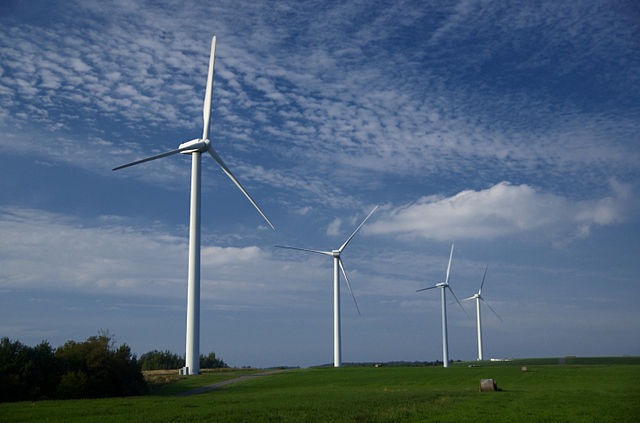Item Link: Access the Resource
Date of Publication: January 25
Year of Publication: 2016
Publication City: New York, NY
Publisher: IEEE Spectrum
Author(s): Monica Heger
The majority of the United States’s electricity needs could be met with renewable energy by 2030—without new advances in energy storage or cost increases. That’s the finding of a new study conducted by researchers from the National Oceanic and Atmospheric Administration (NOAA). The key will be having sufficient transmission lines spanning the contiguous U.S., so that energy can be deployed from where it’s generated to the places where its needed.
Read the full article here.
The views and opinions expressed through the MAHB Website are those of the contributing authors and do not necessarily reflect an official position of the MAHB. The MAHB aims to share a range of perspectives and welcomes the discussions that they prompt.
